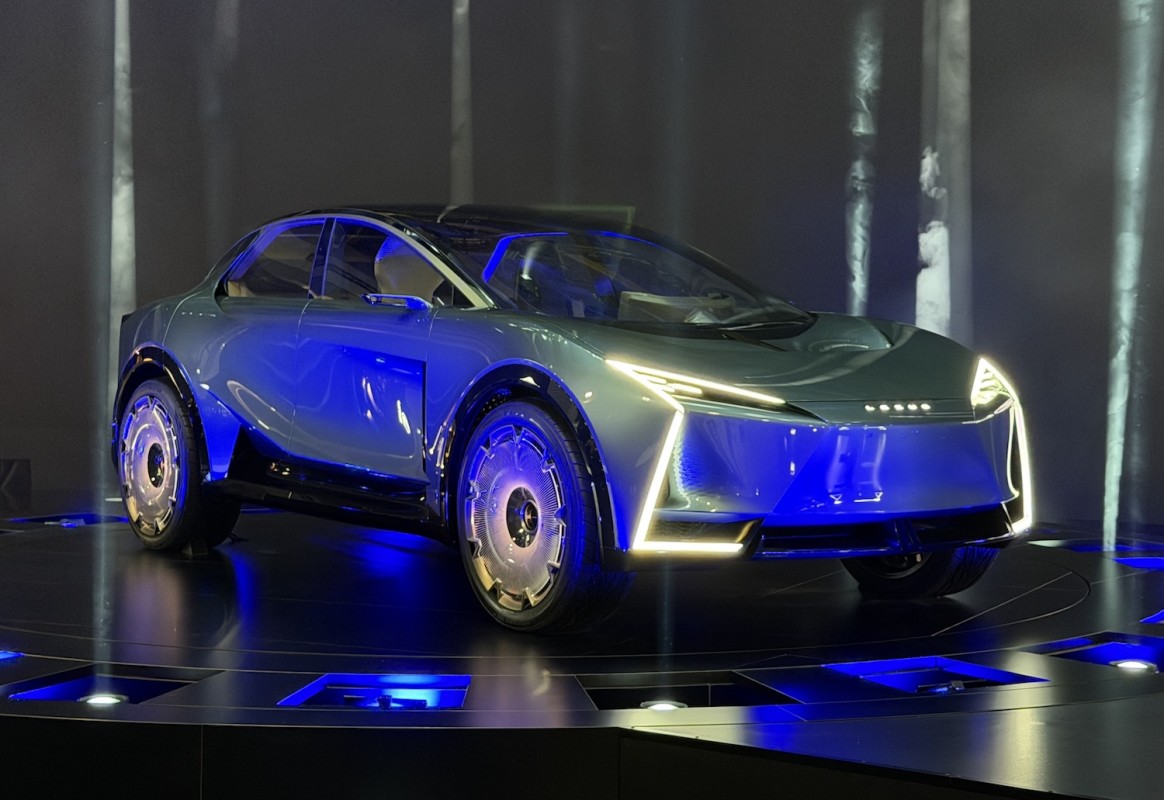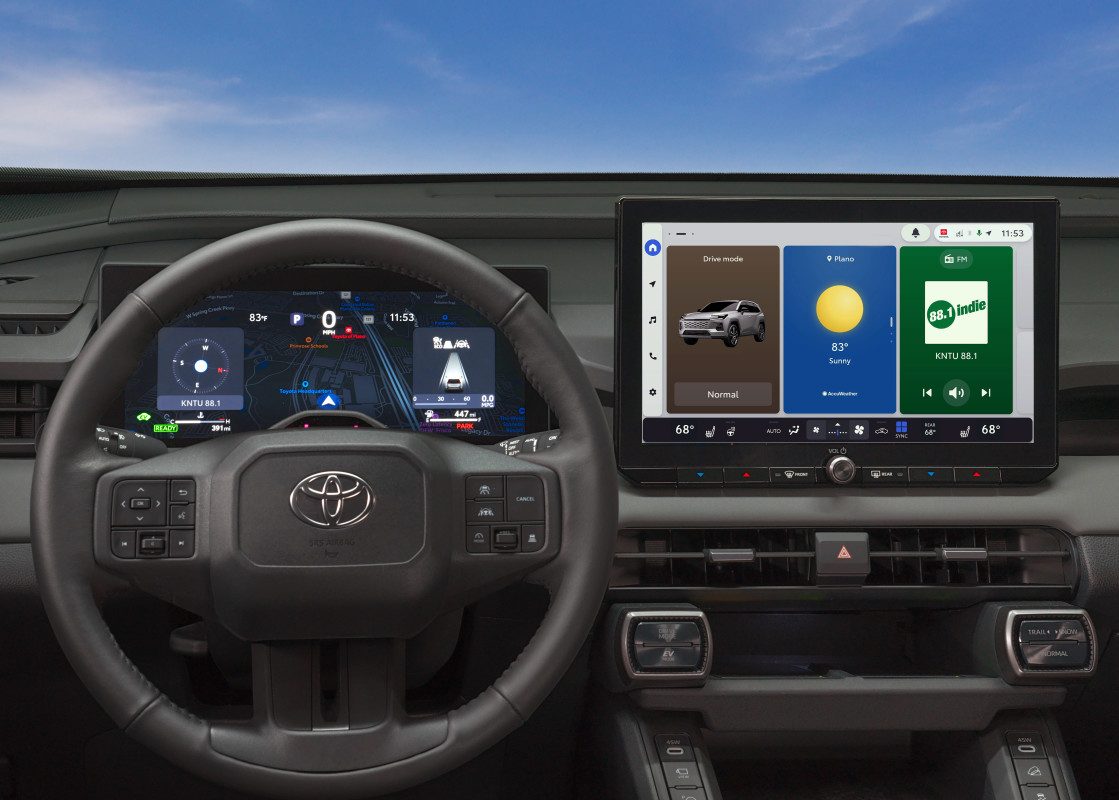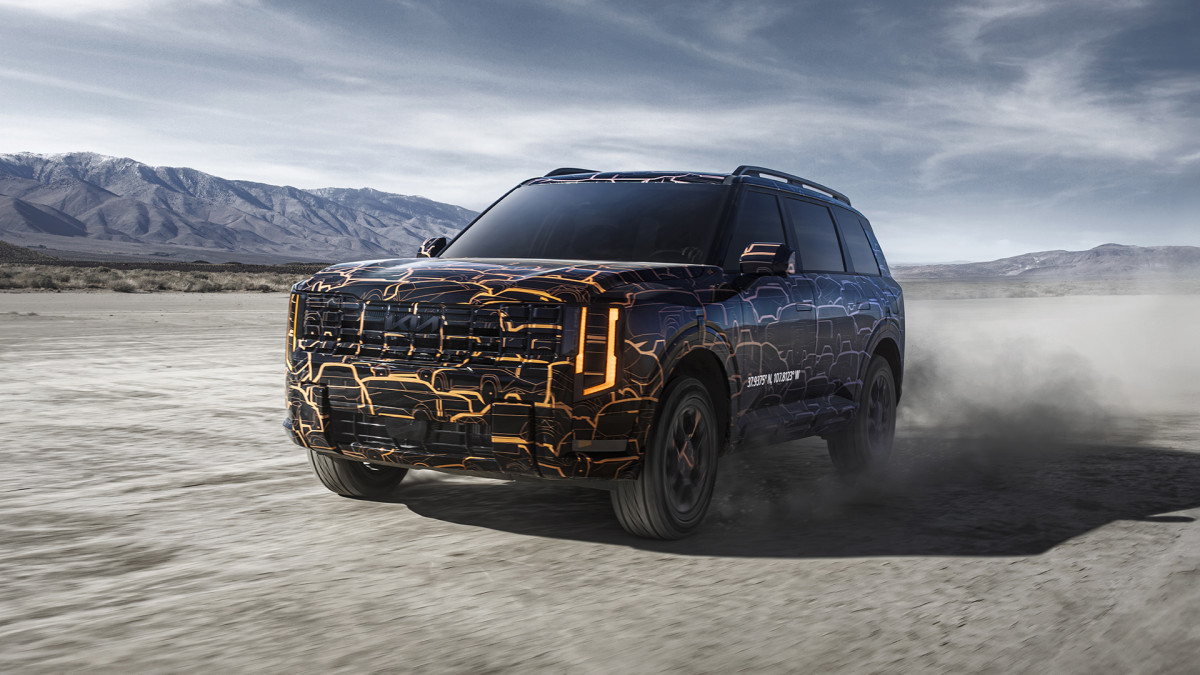The Seat Arona: A Stalwart in the Crossover Battlefield or a Fallen Idol in a Tech-Driven Era?
The compact crossover segment has evolved dramatically since the Seat Arona first made its debut. Once hailed as a class leader, the Arona now faces a battleground filled with competitors that have raised the bar in terms of technology, driving dynamics, and overall appeal. This evolution is emblematic of a broader shift in consumer expectations, where features and fun-to-drive characteristics have become paramount in the decision-making process for buyers.
When the Arona was launched, it quickly ascended to the top of its class due to its spacious interior, good rolling refinement, and comfort-oriented ride. These attributes were particularly appealing to families and those seeking a practical urban vehicle. However, as the years rolled on, rivals began to emerge that not only matched but exceeded the Arona’s offerings. The Ford Puma, for instance, has been lauded for its engaging driving experience, proving that small SUVs can indeed be fun without sacrificing everyday practicality. This shift in the market has left the Arona grappling for relevance in an increasingly competitive landscape.
The Dacia Duster and Fiat Grande Panda have also made significant inroads into the compact crossover market. Their success highlights a growing consumer sentiment: affordability does not equate to undesirable. The Duster, with its rugged design and value-for-money proposition, has appealed to budget-conscious buyers who refuse to compromise on quality. Meanwhile, the Grande Panda has carved out a niche for itself by blending charm with practicality, proving that there is room for more than just the traditional players in this space.
In light of these developments, the Arona’s comparatively staid approach has placed it in murky waters. While it has retained many of its best attributes, including a spacious cabin and a comfortable ride, the lack of significant technological advancements has made it less attractive to buyers who prioritize cutting-edge features. The rise of infotainment systems, advanced driver-assistance technologies, and connectivity features have become essential in the modern automotive market. The Arona has been slow to adapt, which raises concerns about its ability to compete effectively against newer, more tech-rich rivals.
To counteract this trend, Seat has undertaken a careful redesign of the Arona’s exterior, aiming to refresh its image while maintaining the core elements that made it popular in the first place. This approach mirrors the strategies of other manufacturers who have opted for incremental updates rather than complete overhauls. However, the question remains whether these cosmetic changes will be enough to win back consumers who have been lured away by the excitement and innovation offered by competitors.
The automotive industry has long been characterized by cycles of innovation and adaptation, where manufacturers must constantly evolve to meet the changing demands of consumers. The Arona’s journey is a case study in this ongoing battle. While it once stood at the forefront of the compact crossover segment, it now risks becoming an afterthought as consumers gravitate towards vehicles that offer a more dynamic driving experience and a suite of modern features.
As the market continues to shift, the Arona’s future will depend on Seat’s ability to listen to consumer feedback and respond with meaningful changes that resonate with today’s buyers. This entails not just updating the vehicle’s appearance, but also integrating advanced technology and enhancing the overall driving experience. The stakes are high, as the compact crossover segment is one of the most competitive in the automotive landscape, with buyers having a plethora of options to choose from.
Ultimately, the Seat Arona’s standing in the compact crossover class is a reflection of broader trends in the automotive industry. As new players enter the market and established brands innovate to stay relevant, the Arona must navigate these challenges with agility and foresight. The journey ahead may be fraught with obstacles, but with the right strategies in place, there is still potential for the Arona to reclaim its position as a contender in this ever-evolving segment.
Once a class-leader, does this compact crossover still cut it against newer and more tech-rich rivals?
When it arrived many moons ago, the Seat Arona shot right to the top of the burgeoning compact crossover class.We’ve always liked its spacious interior, good rolling refinement and comfortable ride, but the game has moved on somewhat.The arrival of the Ford Puma proved that small SUVs can be fun to drive, while the Dacia Duster and Fiat Grande Panda demonstrated that going cheap doesn’t have to mean going undesirable. That left the comparatively staid Arona in murky waters.To rectify matters, Seat has carefully tweaked the Arona’s exterior while retaining all the best bits underneath.



